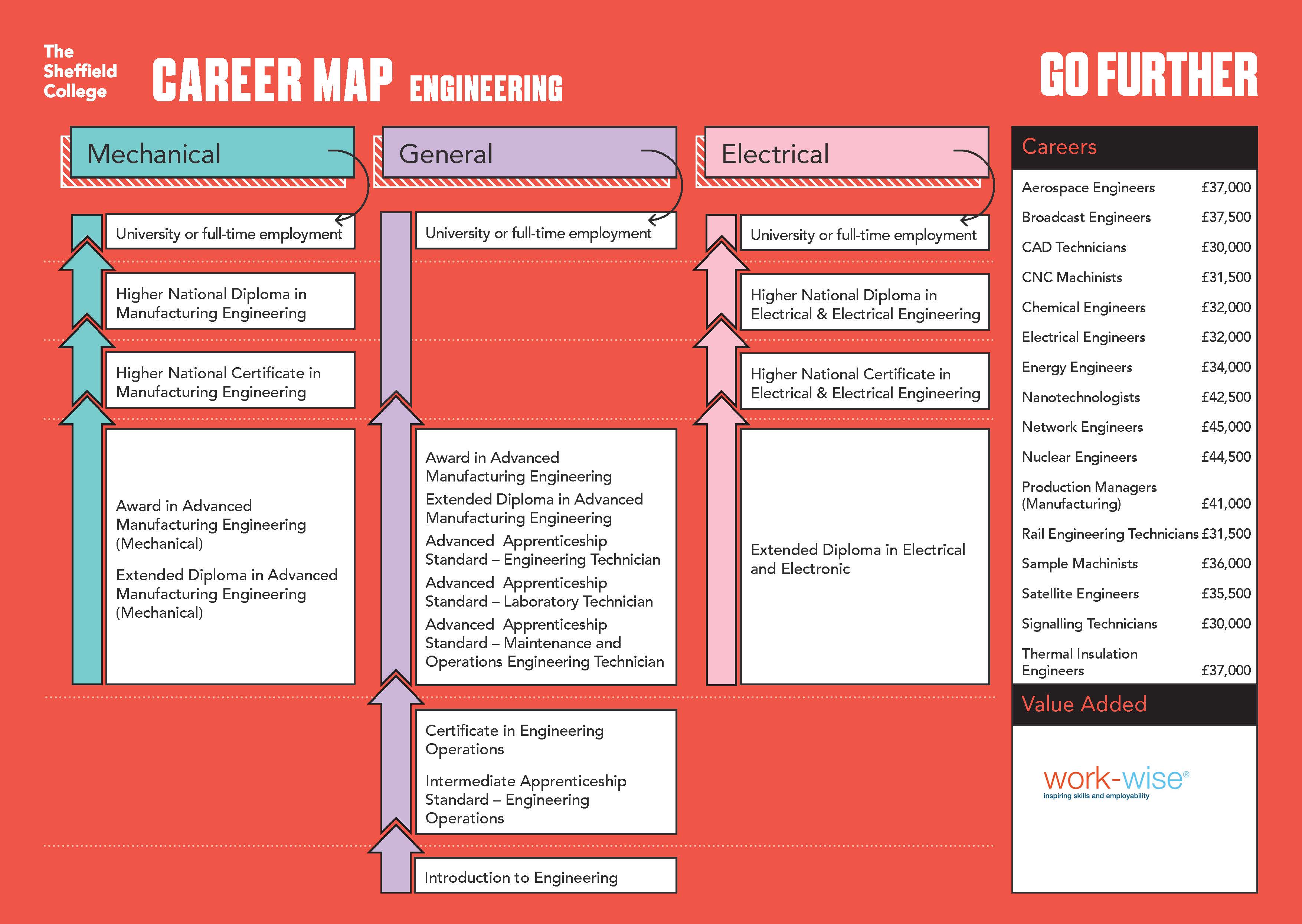
Locomotive technicians are responsible to operate trains. These men and women communicate through radio to the conductors and groundsmen of the railroad. They inspect railroad switches for malfunctioning and check tracks for obstructions. To keep trains running smoothly and prevent them from breaking down, locomotive engineers make minor repairs to the locomotives. A locomotive engineer has many responsibilities and requires a variety of skills. The safety of passengers and freight is the responsibility of a top-quality locomotive engineer.
Locomotive engineers are also known as train drivers. They supervise the operation and coupling of the train cars. They supervise the safety procedures and monitor speed. They also communicate with dispatchers to keep track on the schedule and any delays. The highest-paid union job, locomotive engineers, is the one responsible for the safety of trains and their timely performance. Approximately 32,200 locomotive engineers work in the United States.

Locomotive engineer typically drives freight trains, commuter or long-distance trains. Many locomotive engineers work with diesel electric trains. However, there are some who also operate with battery power. An education and training required to become a locomotive engineering engineer include passing a written test and a background check. In order to maintain their certification, professionals working in the field must pass unannounced testing. For their safety and health, locomotive engineers must undergo regular physicals.
The term engineer as driver is seldom used in the UK, though it is still used in the United States and Canada. The Associated Society of Locomotive Engineers and Firemen, a trade union representing train drivers, is known. According to an Aslef spokesperson, the term "engineer” still applies to the context and historical context. Because of Thomas and Friends, American children's television series, Locomotive Engineers and Firemen are often called "engineers" in the United States.
The annual salary of a locomotive engineering can range from $80,000 to $150,000 depending on their seniority and experience. According to the U.S. Department of Labor, the median annual salary of locomotive technicians was $43,050 in May 2018. This compares to the average of $47.880 for all workers in America. A Compensation & Benefits Manager, on the other hand, earns $87,800.

To operate a locomotive-cab locomotive engineer must be at least 18 years old. Participants must not use medical devices in the cab. You can accompany any adult to this experience. However, only 12-year-olds may ride free. The experience is highly rated by the public, so don't delay booking! You'll be glad you did.
To be a train engineering worker, you need to have extensive experience on the job. All railroad companies offer federally certified training programs for train technicians. These courses include classroom lessons and hands-on training, and cover everything from basic safety procedures to how to transport hazardous materials. These courses can also be offered at community colleges or industry-specific academy. The training process can take as long as a year or more.
FAQ
Engineering: What is it?
In short, engineering is the application of scientific principles to produce useful things. Engineers use their knowledge of mathematics and science to design and produce machines, vehicles.
Engineers are involved in many areas, including research and development, production maintenance, testing, quality assurance, sales, marketing management, consulting law, politics, finance and human resources administration.
An engineer can have many responsibilities. These include designing, building products, services, and processes.
Engineers can be specialists in many areas such as mechanical, chemical, electrical, civil, computer, biomedical and manufacturing.
Some engineers focus on a specific type of engineering.
Which engineering choice is best for women?
Girls are always looking for an environment that will teach them how to create a better world for themselves. They need to know that engineering is not just for boys. Engineering can help women become successful and contribute positively to their communities and families.
Engineering is an exciting career for young women. You can learn skills and knowledge, which can lead you to a fulfilling job. It gives her confidence and independence.
It allows her the opportunity to make a significant impact on people's lives as well as the environment.
This website is designed to encourage girls to pursue engineering as a career. We want them see what engineering looks like.
We hope you enjoy our site and find it useful. If you have any questions, please don't hesitate to contact us.
What are civil engineers doing?
Civil engineering involves the design and construction large-scale structures like roads, bridges and buildings. It covers all aspects related to structural engineering such as building materials, foundations geotechnics hydraulics soils, safety analysis, environmental impact assessment and traffic management. Civil engineers ensure that the project meets all its objectives and is cost-effective as well as environmentally friendly. They are responsible for ensuring that the structure is durable and safe.
They also help plan and implement public works programs. For instance, they might oversee the planning and construction of a road, bridge, or tunnel.
Statistics
- 2021 median salary:$95,300 Typical required education: Bachelor's degree in mechanical engineering Job growth outlook through 2030: 7% Mechanical engineers design, build and develop mechanical and thermal sensing devices, such as engines, tools, and machines. (snhu.edu)
- 8% Civil engineers solve infrastructure problems. (snhu.edu)
External Links
How To
How to Use an Engineering Ruler
Engineers use an engineering ruler to measure distances. Since ancient times, engineers measure distances. The 3000 BC mark was the date that the first measuring device was created.
In the modern era, we still use rulers, but they have changed significantly. The most commonly used ruler today is the metric ruler. These rulers have a marking in millimeters (1 mm to 0.039inches). Metric rulers are usually rectangular in shape and come in many sizes. Some rulers include millimeters, centimeters, or graduations. For example, 1 cm equals 2.54 mm.
Today, you probably won't see any engineers using a traditional mechanical ruler. They would prefer a digital version that measures millimeters. It works just like a regular scale but with markings that correspond to different length units. Learn more about them here.